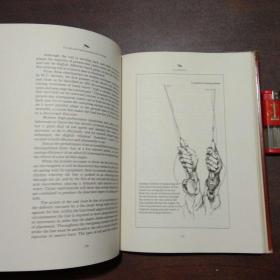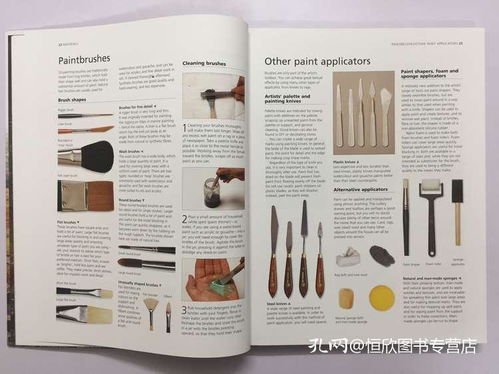Content:
Introduction: Fly fishing, an ancient and revered sport, requires a delicate balance of skill, patience, and precision. One of the most crucial aspects of fly fishing is the art of adjusting your bait, commonly known as "tuning the fly." In this comprehensive guide, we will delve into the intricacies of how to tune your bait effectively, ensuring a more successful and enjoyable fishing experience. So, let's dive into the world of fly fishing and learn how to make your bait dance like a master.
Understanding the Basics of Fly Fishing Bait Adjustment Before we dive into the nitty-gritty of tuning your bait, it's essential to understand the basic principles behind it. The primary goal of adjusting your bait is to ensure that it imitates the natural movement and behavior of the fish's prey. This involves finding the right balance between weight, buoyancy, and action.
Choosing the Right Fly Fishing Equipment To begin with, it's crucial to have the right equipment. Here are some essential tools you'll need:
- Fly rod: The right rod is crucial for the desired action and weight of your fly.
- Fly line: Select a line that matches the weight of your rod and the type of fishing you're doing.
- Leader: A tapered leader with the right length and tippet strength is essential for a successful cast and presentation.
- Fly: The right fly, tailored to the fish species and environment, is the heart of your bait adjustment.
The Importance of Weight and Buoyancy The weight of your fly determines how quickly it sinks or rises in the water. A well-balanced fly should be heavy enough to reach the desired depth but light enough to maintain a natural movement. Here's how to adjust the weight:

- Adjust the fly's weight: Most flies come with a built-in weight, but you can also add or remove materials like tungsten beads to fine-tune the weight.
- Buoyancy: Use floatant to add buoyancy to your fly, which can help it float on the surface or stay submerged at a specific depth.
The Art of the Cast A well-executed cast is the foundation of successful fly fishing. Here are some tips to improve your casting technique:
- Practice your casting: Spend time practicing your casting technique to develop a smooth, accurate cast.
- Cast at the right angle: Aim for a sidearm cast that allows the fly to land softly on the water's surface.
- Pay attention to wind: Adjust your casting angle and power to compensate for wind conditions.
The Role of the Leader and Tippet The leader and tippet are critical components that connect your fly line to your fly. Here's how to adjust them:
- Leader length: The length of your leader should be based on the fishing environment and the type of fly you're using.
- Tippet strength: The tippet is the weakest part of your fishing setup, so choose the appropriate strength based on the fish species and the size of your fly.
Tuning the Fly: The Science of Movement Now that you have the right equipment and technique, it's time to focus on the movement of your fly. Here are some tips to make your bait dance like a master:
- Natural movement: Mimic the natural movement of the fish's prey by adjusting the action of your fly.
- Sway and twitch: Use your rod to create subtle movements that mimic the prey's behavior.
- Watch for bites: Pay close attention to the water's surface and your fly's movement. A sudden change in the fly's position or a quick pull on the line can indicate a bite.
The Role of the Fish and Environment Understanding the fish species and the environment you're fishing in is crucial for successful bait adjustment. Here are some factors to consider:
- Fish species: Different fish species have different feeding behaviors. Research the species you're targeting to understand their preferred prey and movement patterns.
- Environment: The water's current, depth, and vegetation can affect your bait's movement. Adjust your technique accordingly to match the environment.
Conclusion: Tuning your bait is an art that requires practice, patience, and a deep understanding of the fish and environment. By following these tips and continuously refining your technique, you'll be well on your way to mastering the art of fly fishing. Remember, the key to successful bait adjustment lies in mimicking the natural movement and behavior of the fish's prey. Happy fishing!












